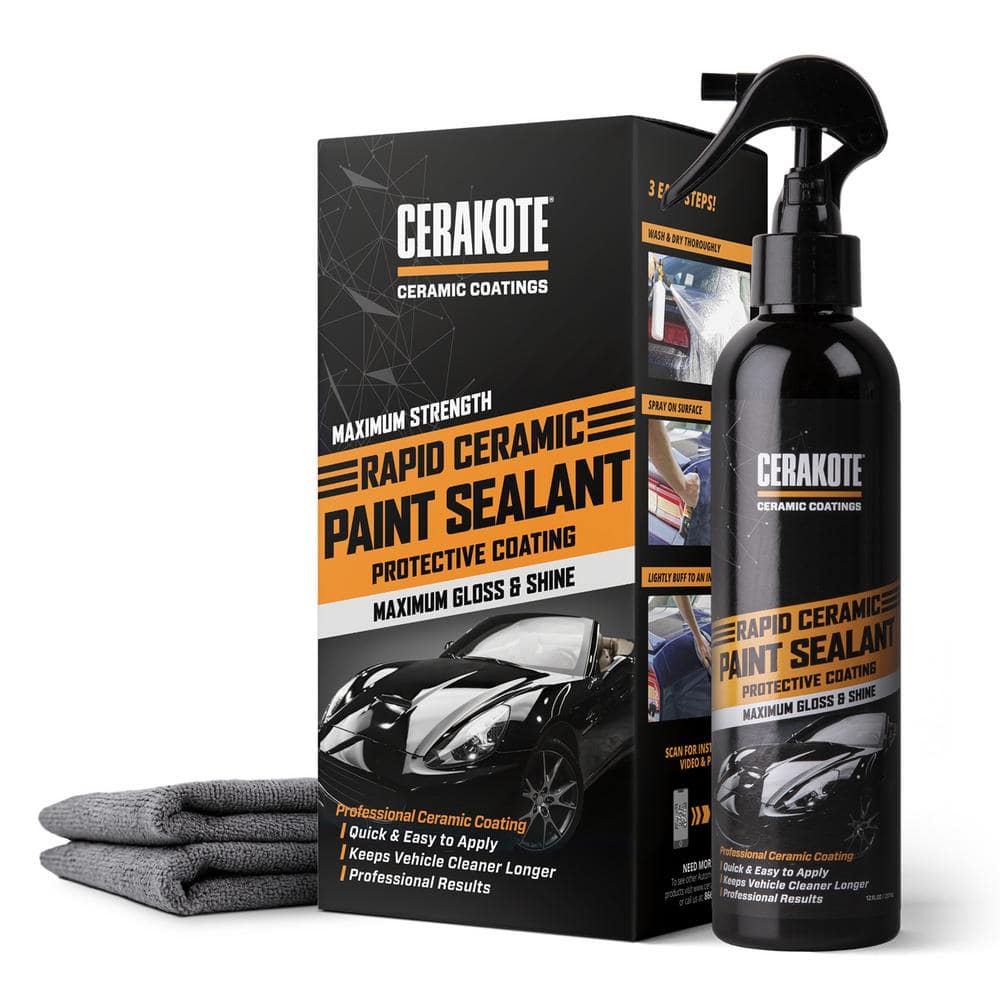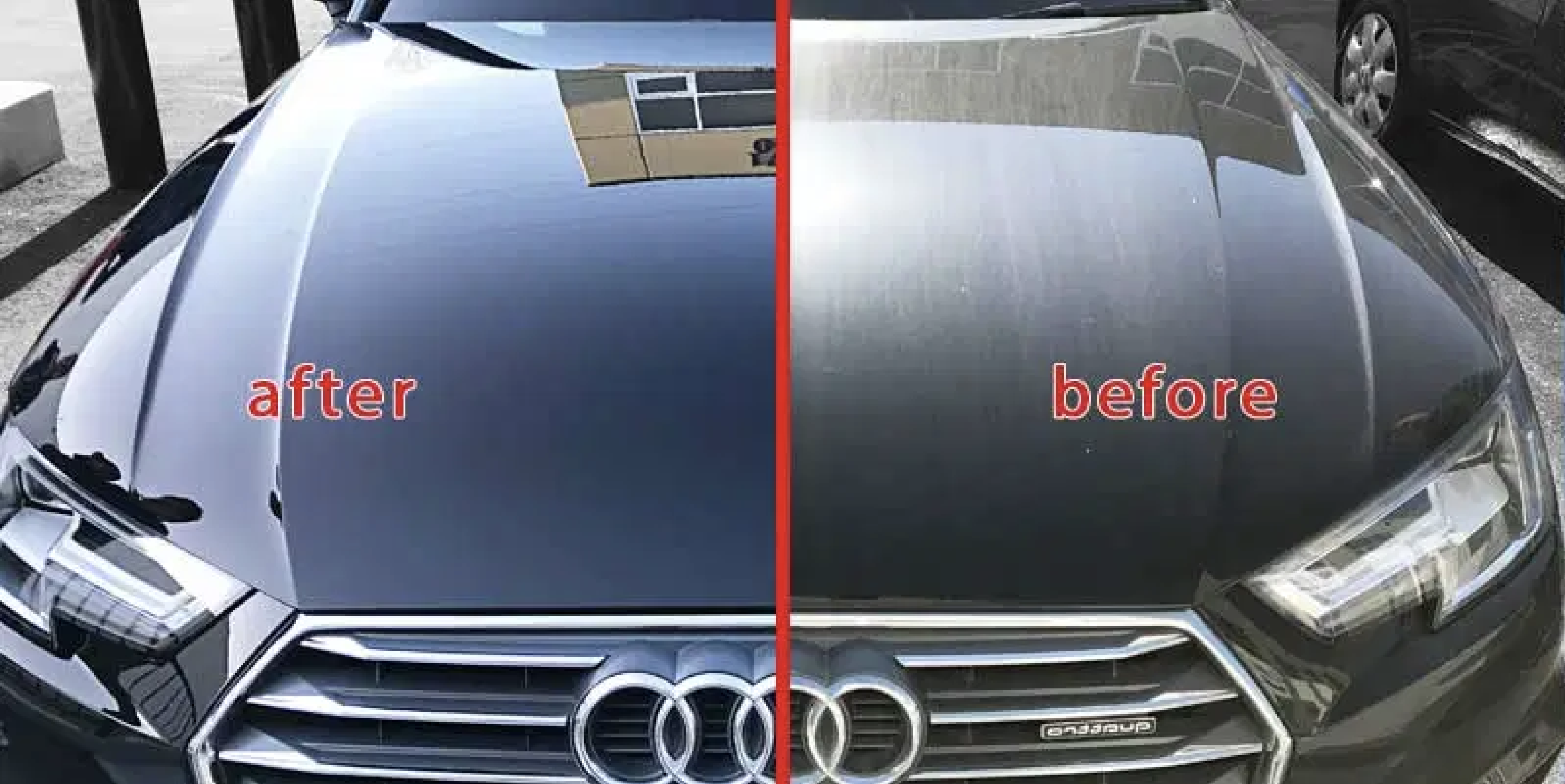Avoid Swirls and Stains with High-Performance Ceramic Coating Denver
Avoid Swirls and Stains with High-Performance Ceramic Coating Denver
Blog Article
A Comprehensive Overview to the Sorts Of Ceramic Layer on the Market
Ceramic layers have become an essential remedy throughout various sectors due to their one-of-a-kind residential properties and applications. From silica-based formulas recognized for their toughness to hybrid choices that merge multiple benefits, the choices available can be frustrating. Recognizing the nuances of each kind, including their specific benefits and perfect use cases, is vital for making notified choices. As we discover the unique qualities and applications of these finishes, the implications for efficiency and durability end up being increasingly apparent, raising concerns about which type may ideal fit your demands.
Recognizing Ceramic Coatings
Ceramic layers are advanced safety remedies that have actually gained appeal in different industries, specifically in automotive and aerospace applications. These coatings include a liquid polymer that, when healed, creates a resilient, hydrophobic layer externally of the substratum. This layer supplies enhanced resistance to ecological pollutants, UV radiation, and chemical direct exposure, thus prolonging the life and aesthetic appeal of the underlying material.
The essential element of ceramic finishings is silica, which adds to their hardness and durability. The application process usually includes surface preparation, application of the coating, and curing, which can be attained with warm or UV light. Once cured, ceramic finishes display remarkable bonding buildings, enabling them to stick strongly to a selection of surface areas, consisting of steels, plastics, and glass.
Along with their safety functions, ceramic finishings additionally supply ease of upkeep. Their hydrophobic nature decreases the adherence of dust and gunk, making cleaning easier and much less frequent. In general, the fostering of ceramic finishes stands for a considerable improvement in surface defense technology, offering both visual and practical advantages across numerous fields.
Kinds Of Ceramic Coatings
Numerous kinds of ceramic layers are readily available, each designed to satisfy specific efficiency requirements and applications. The most usual types consist of:
Silica-based Coatings, these coatings largely include silicon dioxide and are recognized for their durability and chemical resistance. They are extensively utilized in automobile and commercial applications.
Titanium Dioxide Coatings: Distinguished for their photocatalytic residential or commercial properties, titanium dioxide layers are frequently used in environments where self-cleaning and antifungal residential properties are desirable, such as in structure products and vehicle finishes.
Zirconia Coatings are defined by their high-temperature security and thermal resistance, zirconia coverings are made use of in applications such as wind turbine engines and high-performance automobile elements.
Alumina Coatings, Exhibiting superb hardness and thermal security, alumina coverings are regularly made use of in wear-resistant applications, including cutting devices and commercial machinery.
Hybrid Coatings:Integrating the properties of different products, crossbreed coatings offer enhanced efficiency characteristics, making them appropriate for special and demanding applications.
Each kind of ceramic covering serves distinct functions, enabling individuals to choose the most appropriate option based upon details environmental conditions and efficiency requirements.
Advantages of Ceramic Coatings

Along with longevity, ceramic coverings offer outstanding hydrophobic his response residential or commercial properties, permitting for very easy cleaning and upkeep. This water-repellent nature minimizes the adherence of dust, gunk, and other contaminants, which can prolong the visual charm and functionality of the surface area. Additionally, ceramic finishings can considerably improve thermal resistance, making them ideal for applications that endure high temperature levels.
An additional notable advantage is their capability to enhance surface solidity. This raised firmness can result in decreased deterioration, ultimately prolonging the life expectancy of the layered product. Ceramic layers can add to power performance by mirroring warm, which is specifically valuable in commercial and vehicle settings. Generally, the countless advantages of ceramic layers make them a valuable investment for different applications, guaranteeing optimal performance and defense.
Application Process
When applying ceramic coverings, a meticulous method is crucial to attain ideal results. A clean surface makes sure appropriate adhesion of the covering.
As soon as the surface area is prepped, the next step is to apply the ceramic finishing. This can be done utilizing an applicator pad or a microfiber towel, ensuring also insurance coverage. It is important to operate in small areas to preserve control and stop premature healing - Ceramic Coating Denver. The layer must be used in slim layers, as thicker applications can cause uneven surfaces.
After application, the finish calls for a certain curing time, generally varying from a few hours to a full day, depending on the product. Following these actions vigilantly will make best use of the performance and long life of the ceramic covering, supplying a durable safety layer for the surface.
Maintenance and Durability
To guarantee the longevity and effectiveness of a ceramic covering, regular upkeep is crucial. Ceramic finishings, recognized for their sturdiness and safety top qualities, require certain treatment regimens to optimize their life-span and efficiency. The first step in maintenance entails regular cleaning with pH-neutral soap, preventing severe chemicals that can degrade the covering. It is recommended to wash the lorry consistently, preferably every 2 weeks, to stop the accumulation of pollutants that can jeopardize the coating's integrity.
Along with routine washing, periodic examinations are crucial. Try to find indications of wear or damages, such as hydrophobic homes lessening or surface area imperfections. A light polish may be used to rejuvenate the covering without stripping it away. if essential - Ceramic Coating Denver.
In addition, the application of a booster spray can boost the covering's hydrophobic impacts and recover its gloss. This is especially valuable for layers that have actually been in use for an extended duration. Ultimately, by sticking to these upkeep methods, one can substantially extend the life of a ceramic finish, making certain that it remains to provide optimal defense against environmental variables and maintain the aesthetic appeal of the automobile.

Conclusion
In verdict, ceramic finishes stand for a flexible solution for an array of applications, providing a selection of types such as silica, titanium dioxide, alumina, and web link zirconia. Each kind presents distinctive advantages, including longevity, self-cleaning residential or commercial properties, high-temperature stability, and put on resistance. The application process and ongoing maintenance play critical duties in optimizing the long life and performance of these coverings. On the whole, ceramic finishes add substantially to improving the durability and capability of different surfaces across multiple markets.
Ceramic finishes have actually arised as a crucial solution throughout numerous markets due to their one-of-a-kind buildings and applications.Ceramic layers are sophisticated protective solutions that have gained popularity browse this site in numerous industries, particularly in aerospace and automobile applications. Ceramic finishings can dramatically improve thermal resistance, making them excellent for applications that endure high temperatures.
Generally, the countless benefits of ceramic coatings make them an important financial investment for various applications, guaranteeing optimum efficiency and security.
In verdict, ceramic coatings represent a functional solution for a range of applications, using a selection of types such as silica, titanium zirconia, dioxide, and alumina.
Report this page